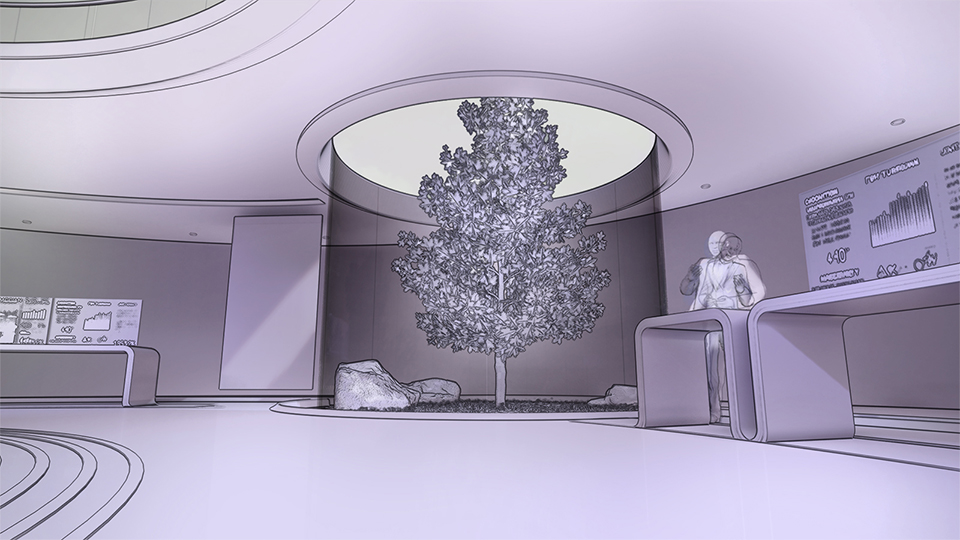CNN introduces virtual ‘Extreme Weather Center’ for weather, climate reporting

Weekly insights on the technology, production and business decisions shaping media and broadcast. Free to access. Independent coverage. Unsubscribe anytime.
CNN has expanded its weather storytelling arsenal with a new virtual set it has dubbed the “Extreme Weather Center.”
“CNN asked for an array of easily manipulable presentation areas focused on realistic weather and climate themes,” Clickspring Design, which built the 3D model for the network, told NewscastStudio.
A key goal was to make the virtual space large and able to support non-linear coverage, while also feeling open and flexible as the network’s real-life production workflow accommodates, according to Clickspring.
“The virtual space was designed to resemble a realistic piece of architecture, establishing a sense of place that was rooted in believability as an environment for broadcasting the news,” said Clickspring.

The final design is centered around a central volume designed as the primary, daily weather venue, that can soar to a double or triple height space that can be filled with graphics.
Arranged radially around this central volume are smaller, single height spaces below a continuous mezzanine rings with a glass rail. These areas feature minimal, stool-height wood desks, simple display graphics and virtual glass vitrines display tubes that can show realistic weather conditions by bring them into the virtual environment.
Tracking screens function virtually as they would physically, moving radially across the distinct zones when needed.
Clickspring also opted to forgo the use of any opaque walls, instead allowing virtual floor-to-ceiling views of the virtual outdoor space beyond, an decision that also creates a connection between the natural world where weather occurs and the “indoor” portion.

A wireframe of the CNN Extreme Weather Center provided by Clickspring Design.
“Since we wanted the space to feel believable, we kept the ‘screens’ as they would likely be configured in a true, physical set,” explained Clickspring. Three discrete virtual displays track radially around a central axis, allowing the space to shoot like a traditional studio where cameras consolidate in a central zone and shoot outward toward a radial perimeter.
“Unlike a physical studio, these virtual cameras don’t take up any floor space, so we can also seamlessly shoot inwards from the outer-perimeter, which is the other area where we sited a screen,” Clickspring’s team noted.
The overall aesthetic of the space blends with other elements of CNN’s on-air look, including many of the real-life sets that Clickspring also created for the network in New York and Atlanta. Studio H in Atlanta also features augmented reality virtual set extensions.
Girraphic worked with CNN to implement the models with Unreal Engine 5 for rendering.
In addition to a similar feel, the virtual weather center also includes some large CNN logos that network dropped in after Clickspring handed off the deliverables.
Prior to the debut of the virtual weather center, CNN largely relied on a small physical studio equipped with video screens and the ability to add AR elements.
Project credits
For Clickspring Design
- Erik Ulfers, principal, design and strategy
- Clayton Bondy, director of technology innovation, design and visualization
- Corey Atwood, senior project manager, project management and communications
- Mayen Ondo, design director, design and visualization





tags
Clayton Bondy, Clickspring Design, CNN, Corey Atwood, Epic Games Unreal Engine, Erik Ulfers, Girraphic, Mayen Ondo, Unreal Engine, Virtual Sets
categories
Augmented Reality, Virtual Production and Virtual Sets, Broadcast Design, Broadcast Industry News, Cable News, Heroes, Virtual Sets, Weather